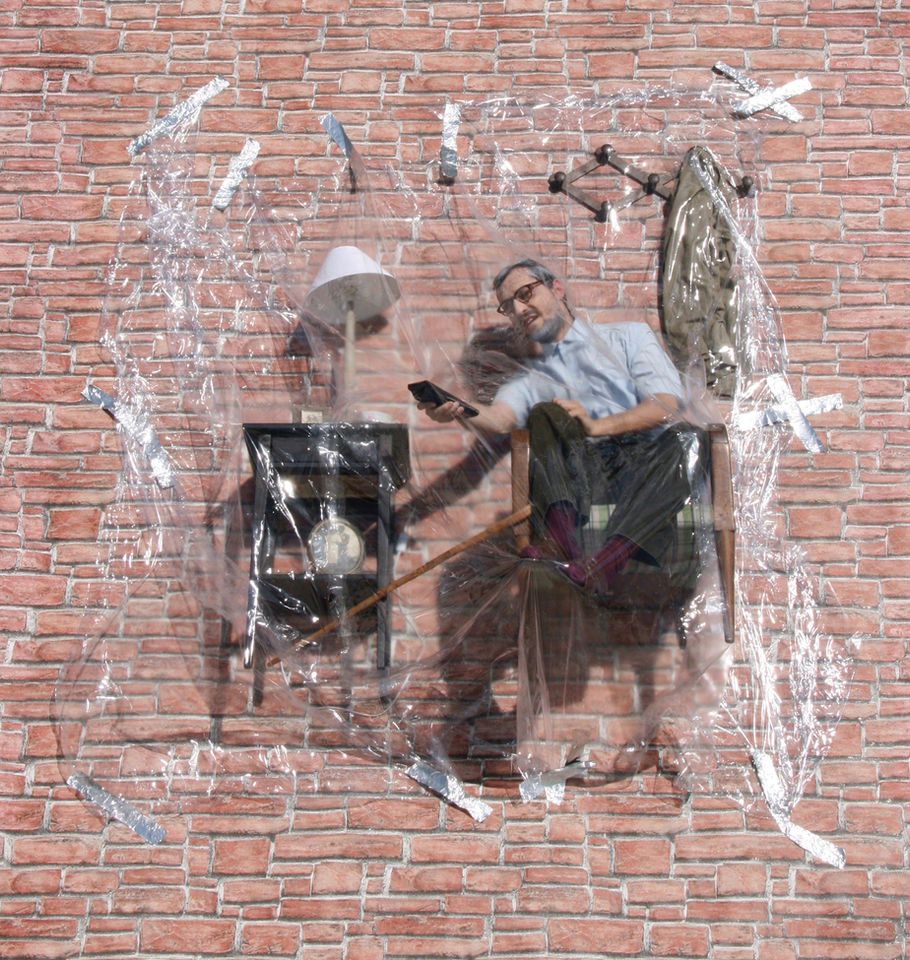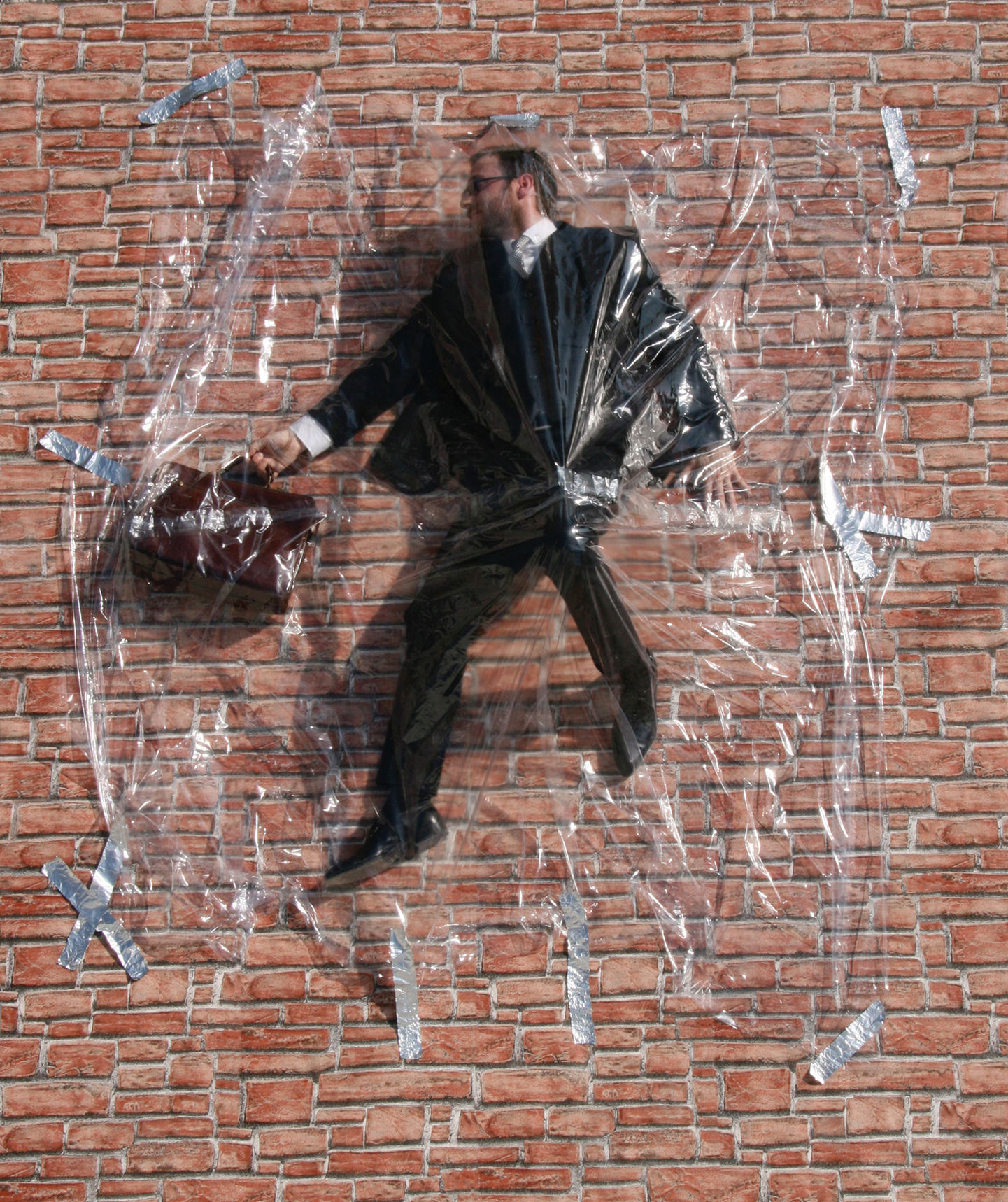Mauro Moriconi - Altered states of knowledge
It is almost all false today. Or it can easily become one, thanks to the immediate possibilities provided by photo and video retouching technologies now accessible to anyone, and above all thanks to the tested formulas of relationships and social status that are acquired and then experienced as pre-made identity clothes (not only in reference to so called subcultures conveyed by main stream communication, but also to the most cultured and exclusive views of art, politics, etc.). Thus fiction takes the place of reality in a series of episodic inventions that concern limited spheres of authors and spectators, artificial nuclei that in the sign of a presumed self-sufficiency make the most of the mimetic possibilities available, and are affirmed by the exclusion of all those factors that they could tear their sky out of paper, or plastic.
Mauro Moriconi explores the folds of this counterfeit world and works on the senselessness of contents and the collapse of forms. His tools are the same that are used to mystify reality (digital technologies), but he appropriates them to make them functional to the revelation of deception: in his work, digital manipulation contains an unusual aesthetic of error and manual skills that denounces the intolerance towards adulterations of reality.
This attitude distinguishes Moriconi's research in a landscape that is too clogged with the emergence of talents and artistic phenomena, all moving on the preferential lane of unsettling invention, of novelty at all costs, of interconnected speed. Mauro works on the medium to spread his identification with the message (in clear opposition to McLuhan's assumptions). In this perspective, in the photos printed on aluminum, the somewhat evanescent presence of geishas in Tokyo's high-tech scenarios alludes to a plausible as well as improbable condition, and the resulting oscillation of meaning is amplified precisely by the way in which it is used the tool. The incision of some profiles reaffirms a point of view determined to derogate from fictitious identifications.
The scenarios implemented by Moriconi have a Brechtian power of estrangement: they lead the observer to position himself outside, they require him to assume a critical attitude, which is capable of isolating the processes that make up the work and reconstruct the narrative phases. Likewise, the feeling of denunciation that innervates much of the artist's path seems to be a good guide in subtle operations that run on the verge of formalist risk, but leave it brilliantly in the background.
The “Die Mauer” series adopts all the schemes of fashion photography, but at the same time declares the operation of imitation by packaging the models as many puppets. Men and women "running" against a brick surface are paralyzed in a gesture that contains neither past nor future, and results in the flat derogation of their presence from the aforementioned preconceived statuses. And the wall that welcomes them immediately reveals itself for what it is, a horizontal surface, again calling into question the temptation of fictions, virtual and otherwise.
One last thing must be said: behind the conventional surfaces, under the patinas of virtual combinations, reality remains, the artist points out, and it is still exciting, irritating, unpredictable and forever irreducible to a finite series of possibilities.
Pietro Gaglianò








